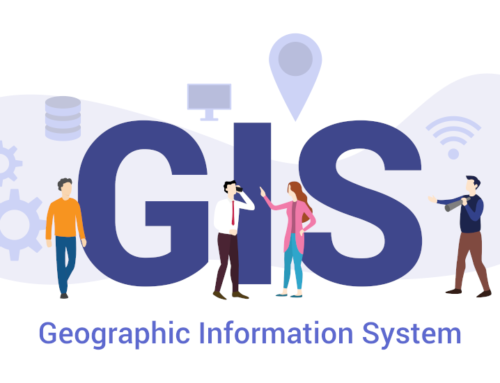Knowing your municipal asset management story or how you arrived at the current situation helps determine the steps to take to get where you want to go next.
I’m the type of person that likes to dive in head first and see where I surface, but that isn’t always the best plan. Hence the word, plan. Doing your homework and making a plan goes a long way towards more effective municipal management. Let’s start at the beginning. What does your municipal asset management story teach you? The example below should help you understand the concept more clearly.
 Example Municipal Story:
Example Municipal Story:
As an elected official for the Village of Littleton, Diego Ramirez understood the need to keep costs down and his community safe and happy. However, the outdated practices were making infrastructure asset management difficult. He was swamped with hundreds of manually generated requests, work orders, and regulatory paperwork. There was little to no historical information on Village assets that didn’t involve a file cabinet treasure hunt or a technician’s memory. His team was struggling to manage costs and utilize funds effectively. Diego felt like the Village was managing him, not the other way around. He wanted to make a difference in the community but didn’t know where to begin.
It’s important to know your story before embarking on a journey to change. Answer the following questions to help you develop your municipal asset management story.
Municipal Assets:
- Are assets performing as anticipated?
- What caused the critical failures or breakdowns in the last 5-10 years?
- How do you track materials/parts used?
- Do you track the hours it takes to complete repairs?
Service Requests & Departmental Communication:
- Who is involved in the struggle and why are things slipping through the cracks?
- What is causing communication and work order bottlenecks?
- What is the operating environment of your municipality?
- What positively or negatively impacts equipment and employee performance?
Village Council Meetings & the Budget:
- Do you have detailed cost information on various activities from each department?
- How many hours go into creating reports for council meetings?
- How much pressure are you under to answer detailed questions about projects, repairs, and labor?
- How do you document and bill for FEMA events?
- How does the budget get approved without locating and compiling historical costs and data?
- Can you see the whole picture, or does it take a lot of time and effort to pull together the information?
- Does the lack of hard evidence lead to multiple conflicting perspectives as to what is going on?
Discuss the questions above in greater detail to determine the impact they have on your story. Use the examples below to begin the discussion:
- What are the positive and negative impacts as well as, any contributing and limiting factors?
- What is currently affecting your municipality and what are the projected impacts on the community?
- What is the most important background information needed to establish a productive strategy?
- How does communication between departments affect performance and productivity?
- Are there any positive or negative personnel or labor influences affecting productivity?
- What other pressures are you experiencing, such as funding, the economy, elections, and more?
- Is it difficult to alter work order schedules and alert personnel out in the field?
- Are your citizens up-to-date on service request status’ and can they effectively report problems?
- Can technicians access information and equipment needed to perform work in a timely fashion?
- Are you able to schedule preventative maintenance and perform condition assessments on critical assets?
How does your story help you understand the municipal asset management issues?
In order to solve a problem, you must determine the cause. Because, when you don’t have all the information it’s hard to know where to begin, much less where you want to go. Pulling together all the information may be a headache, but anything worth doing is never easy. If your municipality is struggling, it may be time to tell your story. Identifying the factors that led to your municipal asset management story helps you understand the reasons why. Because knowing where you’ve been helps you determine where you want to be.
- The data collected will tell you —what was done, how well it was done, and how it affected your community.
- The questions that developed your story will help you fully understand how to turn productivity around.
- The calculations help you detect the good and the bad to make recommendations.
Write a New Municipal Story:
Once upon a time, the Village of Littletown was drowning in there poor paper based system. They didn’t know where to begin, but they wanted to know how they got to this place.
They had suffered enough, there wasn’t choice, it was time to look back, it was time to retrace.
So, as they set out to learn what changes to make—they needed to know how the moving parts worked. They answered some questions that helped them see that asset management software with integrated work order software was just the key.
The data was collected in an advanced report with graphs and unlimited views. They tracked assets, performance, and labor costs that helped them understand the past and plan for the future.
Recording the trends helped them understand what was turning the curve and where they were headed, empowering them to measure the impact and plan for what was expected.
As knowledge was gained and valuable historical data collected, they could see the strides taken from where they once were. They could see where they were headed if they stayed on that path because the municipal software tool had done all the math. THE END😊
Request a demo of our ShareNet Municipal Operations Management system to enhance your story today!





